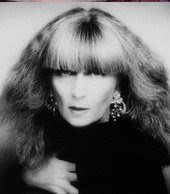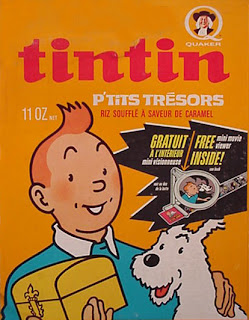 The Arc de Triomphe de l'Etoile, the world's largest triumphal arch, forms the backdrop for an impressive urban ensemble in Paris. The monument surmounts the hill of Chaillot at the center of a star-shaped configuration of 12 radiating avenues. It is the climax of a vista seen the length of the Champs Elysées from the smaller Arc de Triomphe du Carrousel in the Tuileries gardens, and from the Obélisque de Luxor in the place de la Concorde.
The Arc de Triomphe de l'Etoile, the world's largest triumphal arch, forms the backdrop for an impressive urban ensemble in Paris. The monument surmounts the hill of Chaillot at the center of a star-shaped configuration of 12 radiating avenues. It is the climax of a vista seen the length of the Champs Elysées from the smaller Arc de Triomphe du Carrousel in the Tuileries gardens, and from the Obélisque de Luxor in the place de la Concorde.Since 1920, the tomb of France's Unknown Soldier has been sheltered underneath the arch. Its eternal flame commemorates the dead of the two world wars, and is rekindled every evening at 6:30. Here, on every Armistice Day (November 11), the President of the Republic lays a ceremonial wreath. On July 14, the French National Day (also known as Bastille Day), a military parade starts at the arch and proceeds down the Champs Elysées. For important occasions of state, and on national holidays, a huge French tricolor is unfurled and hung from the vaulted ceiling inside of the Arch. The last leg of the Tour de France bicycle race also culminates here on the third or fourth Sunday in July.
Inside the Arch, a small museum documents its history and construction. The price of admission includes access to the top of the Arch. From the roof, one is treated to spectacular views of Paris. Looking eastwards, down the Champs Elysées, toward the Louvre, there is the Place de la Concorde, the Tuileries Gardens, and the Arc de Triomphe du Carrousel. In the opposite direction - westwards - in the distance is its larger and newer cousin, La Grande Arche de la Défense.


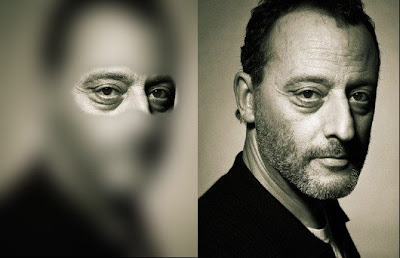


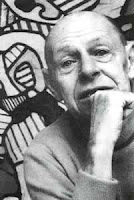.jpg)




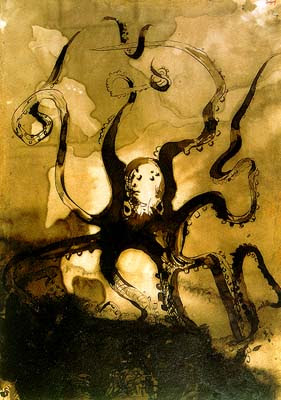.jpg)










